Did you know that Bali is home to its very own native dog breed? Meet the Kintamani Dog, a unique and remarkable breed that originated from the Kintamani highlands, evolving from Bali’s free-roaming street dogs. Known for its loyalty, affectionate nature, and role as both a protector and family member, this breed holds a special place in Balinese culture. Dive deeper into the fascinating story of the Kintamani Dog and discover how it adds to Bali's rich heritage and biodiversity!
Known for its loyalty, affectionate nature, and role as both a protector and family member, this breed holds a special place in Balinese culture.
A History Rooted in Bali’s Highlands
The origins of the Kintamani dog trace back over 3,000 years, with their ancestors believed to have arrived in Bali as part of the Austronesian migration. Genetic studies indicate a strong link between the Kintamani dog and the Australian dingo as well as the New Guinea singing dog. This connection supports theories of canine migration alongside early human settlers in Southeast Asia.
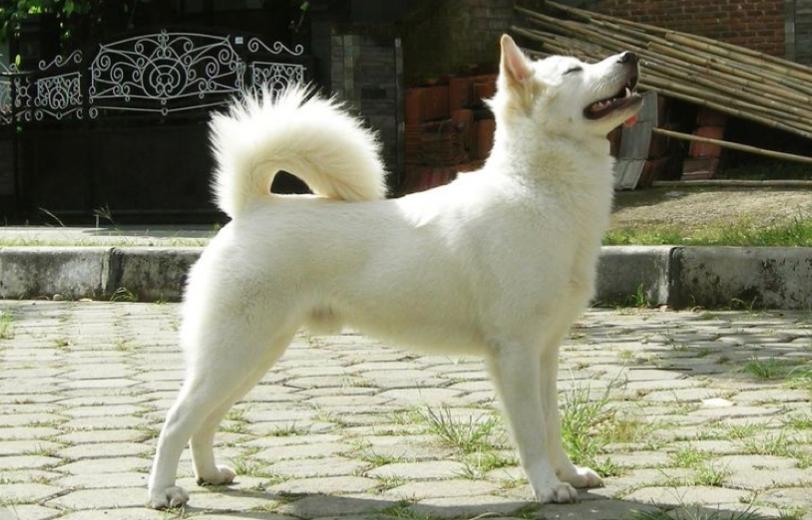
A popular local legend suggests that the breed resulted from crossbreeding between native Bali dogs and a Chow Chow brought by a Chinese trader in the 1400s. The trader, who married into Bali’s royal family, supposedly brought his dog to the cool highlands of Kintamani, where it interbred with local dogs. Over time, the breed developed into what is now known as the Kintamani dog.
In 1926, a strict rabies-control policy banned the importation of foreign dogs to Bali. This led to an isolated gene pool, further refining the breed’s characteristics over the past century. Today, the Kintamani dog remains an integral part of Bali’s cultural and natural landscape, often found roaming villages and mountain regions.
Physical Characteristics and Unique Traits
The Kintamani dog is often compared to breeds like the Samoyed and Alaskan Malamute due to its thick coat and strong build. The most sought-after coat color is white with apricot-tipped ears, though the FCI recognizes fawn, red, brindle, and black variations. Unlike Bali street dogs, which have short hair, Kintamani dogs possess medium to long coats that help them withstand the cooler climate of the highlands. Their erect ears, almond-shaped brown eyes, and forwardly curved tails contribute to their striking appearance. Despite being domesticated, Kintamani dogs retain some feral instincts, often digging holes or seeking shelter in caves among Kintamani’s rocky terrain.
Loyal and Independent
Kintamani dogs are known for their fiercely independent yet affectionate nature. Unlike many domesticated breeds, they exhibit an arboreal instinct, often climbing walls, roofs, or trees. This unique trait is believed to be inherited from their ancestral link to the New Guinea singing dog.
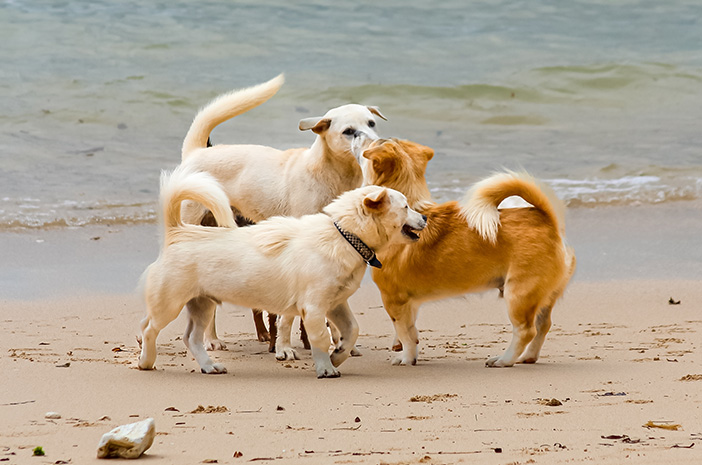
While they are gentle and loving with their families, Kintamani dogs can be territorial and alert, making them excellent watchdogs. They are highly intelligent, trainable, and thrive in homes where they receive socialization and mental stimulation. Unlike many street dogs in Bali, they form strong bonds with their human companions and adapt well to a family setting.
Global Recognition and Local Pride
The Fédération Cynologique Internationale’s (FCI) recognition of the Kintamani dog in 2019 was a historic moment for Indonesia’s canine heritage. It positioned the breed on the global stage, elevating its status alongside world-renowned breeds. This recognition also helped increase awareness of Bali’s unique dog population, bringing attention to the need for better care and conservation efforts.
For the Balinese, the Kintamani dog represents more than just a breed—it is a symbol of local pride and cultural identity. Every year, Bangli Regency hosts the Kintamani Dog Exhibition and Contest to promote the breed. Local breeders work to preserve its pure lineage, ensuring its distinct characteristics remain intact.
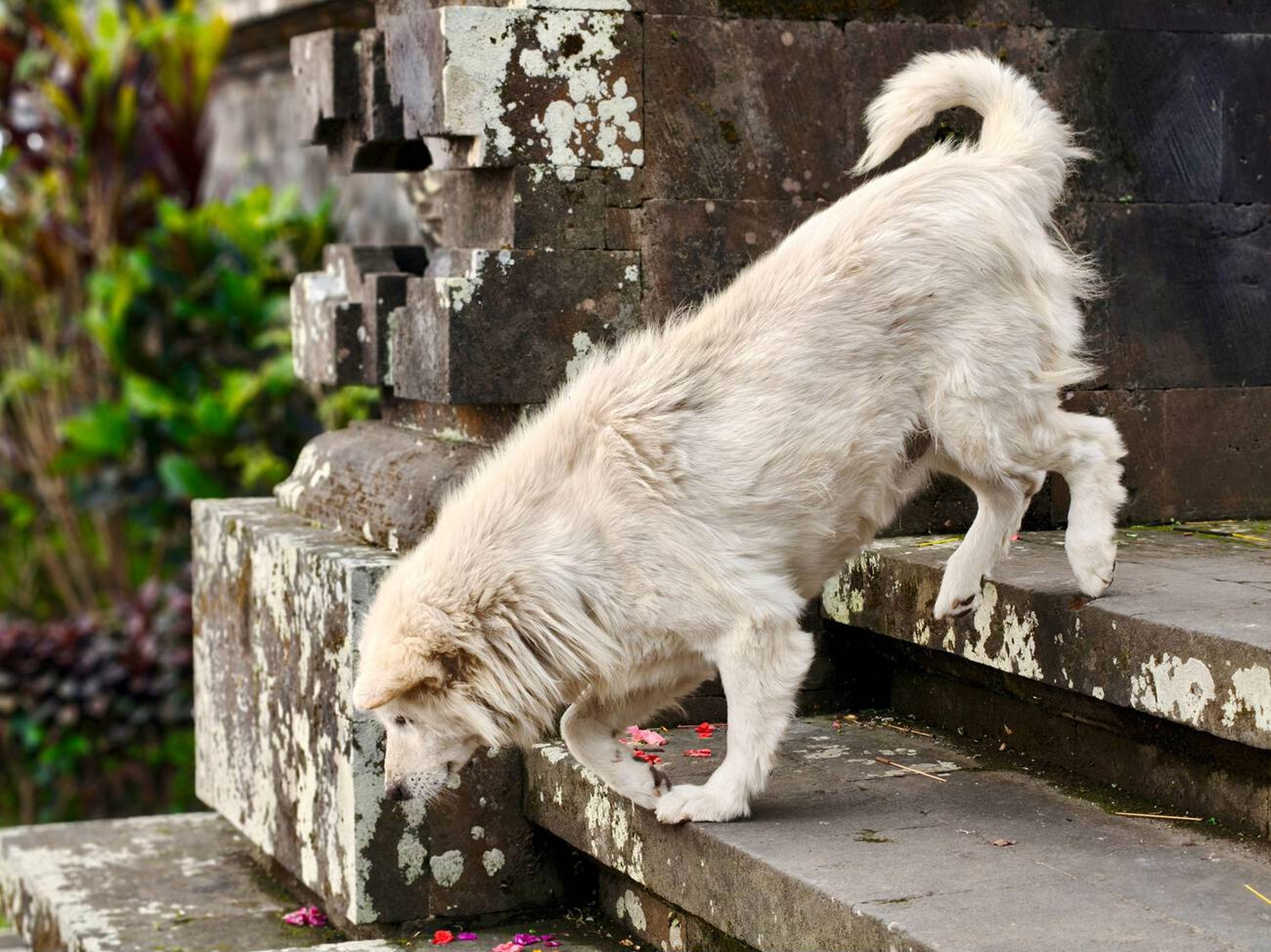
Preserving and Supporting Bali’s Canine Heritage
Despite its rising popularity, the Kintamani dog, like many Bali dogs, faces challenges. Stray populations, lack of responsible breeding, and health concerns remain pressing issues. Many local charities and organizations work tirelessly to ensure the well-being of Bali’s dogs, providing vaccinations, sterilization programs, and rescue efforts.
For those visiting Bali, supporting these initiatives is a meaningful way to contribute to the island’s animal welfare. Whether adopting a Kintamani dog, donating to rescue organizations, or simply spreading awareness, every effort helps protect Bali’s beloved canine breed.
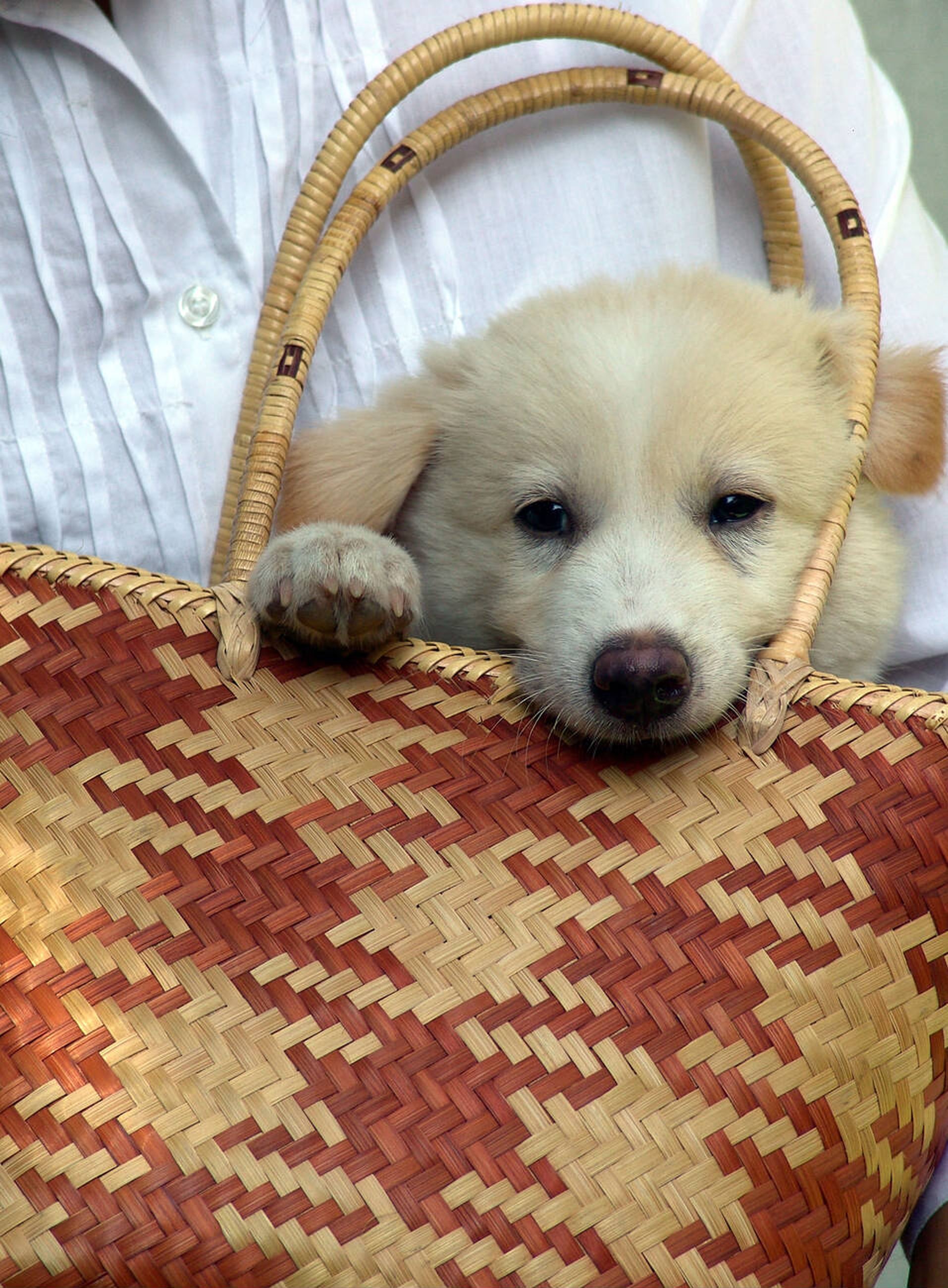
The Kintamani dog is a breed unlike any other—steeped in Bali’s history, resilient in nature, and affectionate in spirit. Recognized globally and cherished locally, it serves as a symbol of the island’s rich cultural and natural heritage. As a family companion or loyal guardian, this fluffy, intelligent, and charming breed is truly Bali’s original canine treasure.



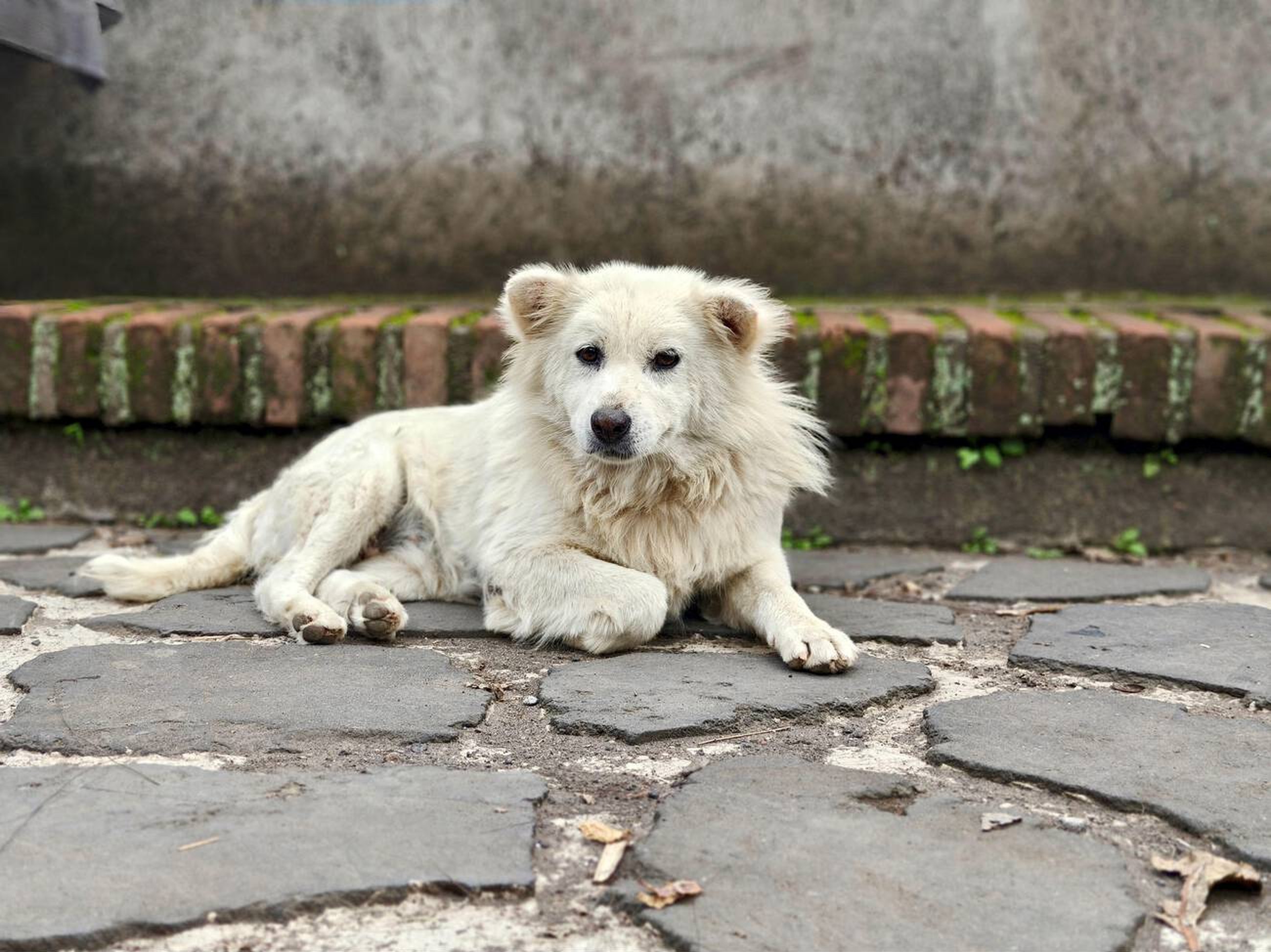
 Billy Bagus
Billy Bagus
 Feb 04, 2025
Feb 04, 2025






